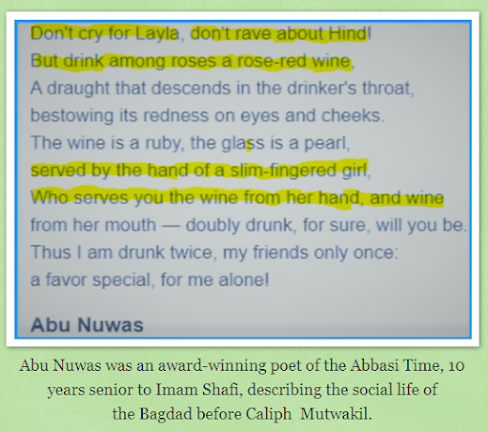The Evolution of the Muslim Mosque: From Cultural Hub to a Male-Dominated Space
Introduction
The mosque, or masjid, has been a central institution in Islamic civilization since the time of Prophet Muhammad (peace be upon him). In its earliest form, the mosque was not just a place of worship but also a hub of cultural, educational, and social activities. It was an inclusive space where both men and women participated in religious and communal life. However, over time, the role of the mosque underwent a significant transformation. By around 250 years after the establishment of Baghdad (8th–9th century CE), a shift occurred where mosques became primarily male-dominated spaces, with women's participation being increasingly limited. This essay explores this transformation, its causes, and its implications for Muslim societies.
Early Mosques as Cultural and Social Centers
During the lifetime of Prophet Muhammad, the mosque was an integral part of daily life in Medina. The Prophet’s Mosque (Masjid al-Nabawi) was not only a place of worship but also served as a school, a court, a shelter for the needy, and a meeting place for social and political discussions. Women were actively involved in these activities. They attended prayers, sought knowledge, and even voiced their concerns in public gatherings. The Prophet himself emphasized the importance of allowing women in mosques, famously stating, "Do not prevent the female servants of Allah from attending the mosques." (Sahih Muslim, 1350)
Similarly, during the Rashidun Caliphate (632–661 CE), mosques continued to function as centers of learning and governance. Caliphs and scholars would engage with the public, and debates on theology, jurisprudence, and philosophy took place in these spaces. Women, though fewer in number, were still present in public religious life. The Umayyad (661–750 CE) and early Abbasid (750–1258 CE) periods continued this tradition to a great extent, with mosques remaining vibrant centers of community interaction.
The Shift: When and Why Did It Happen?
Historians suggest that around 250 years after the establishment of Baghdad (which was founded in 762 CE), a significant shift occurred. By the 10th century, restrictions on women’s participation in mosques and public religious spaces became more pronounced. This change can be attributed to several key factors:
Influence of Persian and Byzantine Traditions: As the Islamic empire expanded, it absorbed social and cultural influences from the Persian and Byzantine worlds, both of which had strong patriarchal norms. In these societies, public religious spaces were largely male-dominated, and the integration of these norms into Islamic governance contributed to the gradual exclusion of women.
Rise of Legal and Jurisprudential Restrictions: Early Islamic jurists debated the issue of women’s presence in mosques. While some scholars upheld the Prophet’s teachings that encouraged women’s participation, others began to emphasize modesty and segregation. Over time, more conservative interpretations, particularly in the Hanafi and Maliki schools of thought, gained prominence, discouraging women’s mosque attendance except in special circumstances.
Political and Social Changes: The centralization of Islamic rule and the rise of large urban centers brought changes in social norms. As society became more hierarchical and stratified, restrictions on women’s mobility increased. The increasing emphasis on purdah (seclusion) further restricted women’s access to public spaces, including mosques.
Decline of Mosque-Centered Learning: As madrassas (Islamic schools) and other institutions of learning developed outside of the mosque system, the educational and cultural roles of mosques diminished. This further reinforced the perception of mosques as spaces primarily for ritual prayer, where men were the dominant participants.
Impact of This Transformation
The exclusion of women from mosques and the reduction of their role in religious life had profound effects on Muslim societies. Over the centuries, the lack of female presence in mosques contributed to:
The marginalization of women in religious scholarship and leadership.
The loss of inclusive communal spaces where both men and women could engage in intellectual and spiritual discussions.
A decline in the mosque’s role as a hub for social services, as many charitable activities that once took place within mosques became separate institutions.
Conclusion
The transformation of the mosque from a vibrant social and cultural center to a male-dominated place of prayer was a gradual process influenced by political, legal, and cultural factors. While the early Islamic tradition encouraged an inclusive approach, later developments restricted women’s participation. Understanding this historical shift is crucial for contemporary discussions on gender inclusion in Islamic spaces. Many modern scholars and activists are working to revive the early traditions of inclusivity, advocating for greater access and participation of women in mosques today. The challenge remains in balancing tradition with evolving social norms while staying true to the inclusive spirit of early Islam.








No comments:
Post a Comment